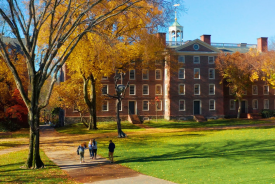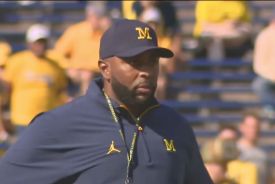'No More 18 Years Old?' Colleges Lose 10% Student Numbers Due to Falling Birth Rates
Experts warn declining enrollment will lead to skilled labor shortages by 2032.
ByIn the US, an unprecedented decline in college enrollment has started. From 2010 to 2021, a 15% drop had been reported, which could worsen as the country faces its "demographic cliff." This means birth rates persistently declined since the Great Recession of 2007.
By 2025, or this year, US colleges and universities will be feeling the effect as fewer students apply fresh out of their high school graduation. However, experts stated that this is more than a crisis in higher education; it's an economic issue. After all, fewer college graduates translate to fewer skilled workers available to fill the most critical jobs.
According to NPR, the number of student population declining is already causing colleges to close. For instance, Iowa Wesleyan University closed its doors in 2023 after years of financial struggles due to reporting fewer and fewer enrollments. The decrease will affect certain regions more than others. States like California, and New York, are expected to report the same case, but in high school graduates, by as much as 30% in 2041. Only Hispanic students are considered the bright spot as they are expected to increase their number among high school graduates.
If this trend worsens, more closures will lead to more job losses and shrinking local economies. This is already a problem as the overall US economy already suffers from a lack of educated workers, especially in teaching, healthcare, and other specialized fields.
It is expected that in 2032, or earlier, the US could be short 6 million workers to meet the demands of the job market.
What Happens if College Enrollment Rates Decline Further?
Worsening this problem is growing skepticism about a college degree's value. The proportion of those completing high school enrolling in college immediately declined from 70% in 2016 to 62% in 2022. Too many students are opting out; the reasons cited are costs and benefits that are unclear, among others. The experts believe that faith in the value of higher education needs to be regained for the trend to be reversed.
Colleges, in the face of declining numbers, must transform or die.
Some schools are now embracing non-traditional students and foreign applicants in 2025 to 2026, per Erudera's report last year, but this could prove insufficient. If not highly transformed, more colleges may end up like Iowa Wesleyan College, leaving economic and cultural vacancies in communities.
© 2025 University Herald, All rights reserved. Do not reproduce without permission.









